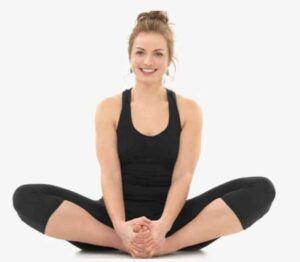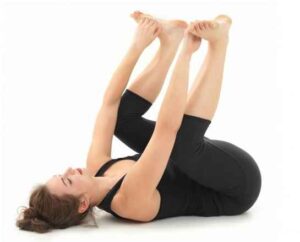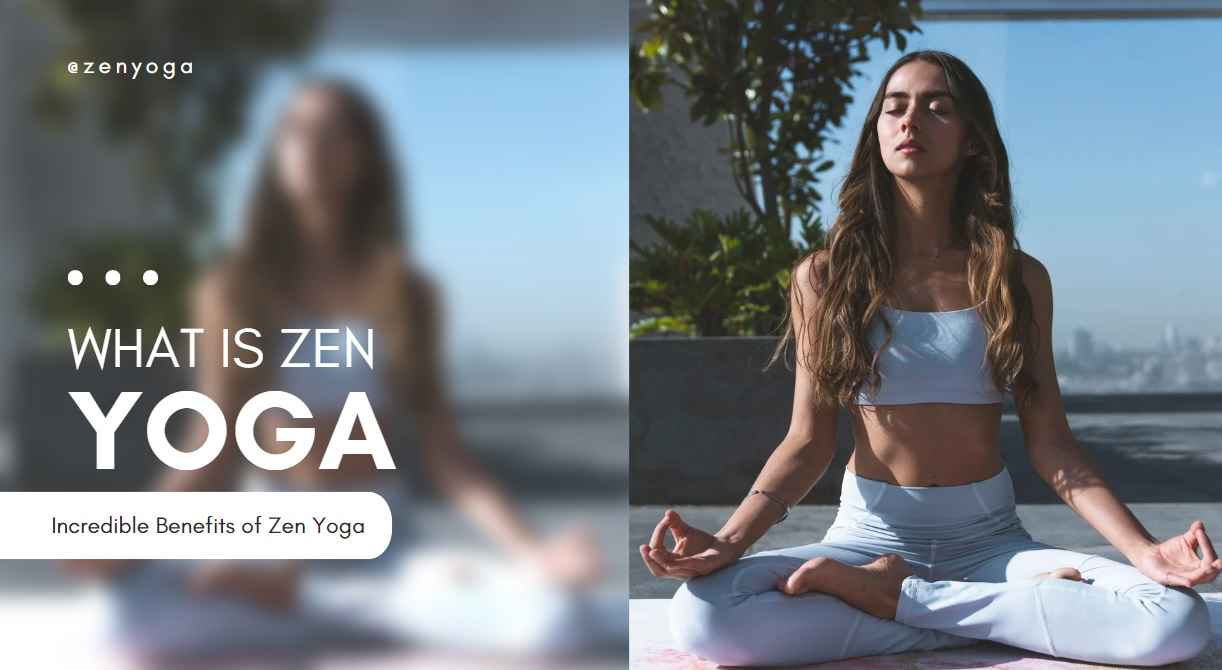Masters have carefully guarded their secrets of health, healing, and longevity for over 5,000 years – sharing these age-old practices is now easier than ever, enabling you to discover their long-term benefits and learn them yourself! Zen Yoga(r) course offers you this ancient art combined with more dynamic Eastern yoga techniques in order to promote healing, restore youthfulness, and increase vital energy while relieving harmful stress levels to maximize the quality of life and life satisfaction. Come join us on this healing and transformational journey!
Zen Yoga is a revolutionary yoga system taught exclusively by Zen Wellness. Combining elements from Taoist, Hatha, and Qigong practices into one revolutionary system, Zen Yoga bridges the gaps between traditional Chinese medicine, the I Ching (Book of Changes), and yoga asanas from traditional yoga. Around 527AD, an Indian monk named Da Mo or Bodh Dharma traveled from India to China where his teaching of Yoga informed their already existing practice of Qigong; both disciplines eventually fused together and eventually evolved into what we practice today.
While other countries, such as France, offer comprehensive health coverage, the UK is yet to make this leap. So far, we’ve only ever managed a modest fraction of what the World Wide Web provides in terms of information. Zen Wellness has combined these two ancient yet contemporary longevity systems into the Zen Yoga program, which combines their profound usefulness along with that of TCM energy anatomy, Taoist Immortality Yoga techniques, and Taoist Immortality Yoga movements to produce Taoist Immortality Yoga; body wisdom, and mind intention from Qigong; as well as the “Water Wheel” teaching where participants learn how to cool their head while warming the abdomen. TCM recognizes many illnesses are caused by excess heat in our heads and hearts, including heart attack, stroke, high blood pressure, etc. As you explore this book and video together you will notice water wheel teachings throughout. There will also be elements from I Ching related to yoga postures found herein – making our Zen Yoga system truly an amalgamation of harmonious ancient arts!
What are the benefits of Zen Yoga?
Zen Yoga lifestyle brings many advantages. Regular practice of Zen Yoga reduces stress by soothing the mind, improves physical health, increases mental clarity and vitality, and fosters inner peace. Zen Yoga’s philosophy seeks to heal body and mind simultaneously – its focus lies on being In the Moment and Being Present in this moment in Time
Yoga aims to harmonize mind and body through balance among five elements – air, fire, earth, fire, and water.
Mental Clarity — Reduce stress through meditation.
Physical Wellness – Through static postures, stretching, spa and herbal therapies, and breathing practices, one can improve physical wellness.
Emotional Serenity – Finding inner peace by living in the present and accepting what comes in its wake without dwelling on either future or past events.
Inner Peace — Clear your mind by switching off your mind. Greater Vitality — Increased circulation can be achieved through deep breathing exercises, physical movement, and herbology.
Stress-related diseases are the number one cause of death in Western culture, prompting more Americans to look for holistic wellness programs like Zen Yoga that combine physical movement with mind awareness to provide holistic healing solutions.
Life expectancy is increasing steadily and people are living longer today than ever before. Western medicine has succeeded in lengthening life but not improving its quality; by employing Zen Yoga Lifestyles you can enhance both aspects of your experience.
Evidence indicates that holistic approaches to wellness can reduce healthcare costs by emphasizing prevention over treatment. More Americans are taking control of their own wellness; rather than solely relying on physical fitness as the way forward, more are now seeking holistic approaches that incorporate healing, health, and longevity.
What is the difference between yoga and Zen?
Both Yoga and Zen can be practiced for meditation purposes to relax the heart. Zen is considered a denomination of Buddhism while Yoga can be seen more as a philosophy rather than religion.
Zen meditation emphasizes stillness and self-discovery for daily living, practicing on a meditation cushion in a quiet room. A practitioner should sit quietly, stop moving, and let go of thoughts; their focus should solely be on Zazen’s posture and breathing techniques while keeping their back straight.
What Are the Principles of Zen Yoga?
Zen yoga can be broken down into three major aspects. Zen Yoga practices must adhere to certain fundamental principles:
- Physical alignment
- Energy Flow
- Awareness
Maintain a natural spine position at all times – do not lean left or right while sitting. Just by having an appropriate body alignment can ensure the efficient flow of energy within our system.
As long as you become aware of any blocked channels within your body, you can unclog them to live a fulfilling and prosperous life.
Baddha Konasana
 This pose is often known as “Cobbler Pose,” because its asana resembles that of a cobbler making shoes. Additionally, this pose is sometimes known as Butterfly Pose as it resembles the movement of a butterfly’s wings flapping about. Baddha Konasana can also help alleviate cramped and sore hip areas as one of its many hip-opening effects.
This pose is often known as “Cobbler Pose,” because its asana resembles that of a cobbler making shoes. Additionally, this pose is sometimes known as Butterfly Pose as it resembles the movement of a butterfly’s wings flapping about. Baddha Konasana can also help alleviate cramped and sore hip areas as one of its many hip-opening effects.
How To Do
When Sitting Upright with an Erect Spine, secure your feet Firmly in Both Hands with Inhalations Deep and Flutter like a Butterfly for 10-20 Seconds. Finally, Return to The Original Position
Benefits
This asana can improve flexibility of the thighs and groin areas and build strength in muscles for sciatica relief. One of the best Zen yoga poses to achieve this result.
Ananda Balasana
 Ananda Balasana or “Happy Baby Pose”, takes its name from its similarity to a baby lying on its back when resting on its mother’s breasts, offering relief from stress while increasing flexibility in your joints and providing better mobility. This pose can help open up your thigh joints for greater activity while offering relief from stress.
Ananda Balasana or “Happy Baby Pose”, takes its name from its similarity to a baby lying on its back when resting on its mother’s breasts, offering relief from stress while increasing flexibility in your joints and providing better mobility. This pose can help open up your thigh joints for greater activity while offering relief from stress.
How To Do
On your back, slowly lift both legs up as you exhale. Bring them towards your chest while tightening both knees together towards each other and place both big toes between your fingers for a firm hold with both hands while stretching your hips and stretching any tension from them. Make sure that the entire spine is pressed against the floor for 20 seconds and release,
Benefits
Reaping benefits such as strengthening of both the spine and thighs. Releasing energy trapped in your back to reduce any pain is one way of doing just that.
Best Yoga Books Ever




